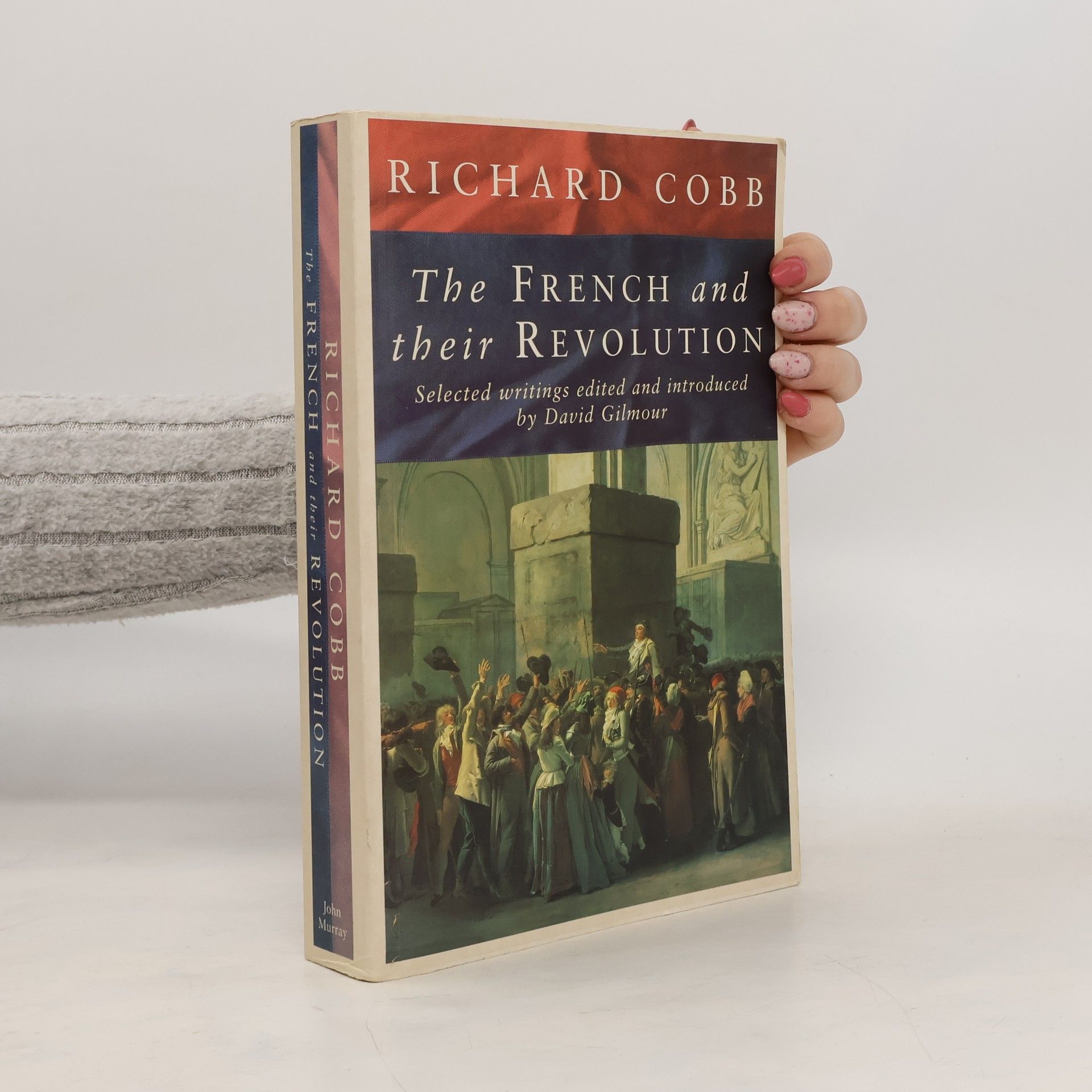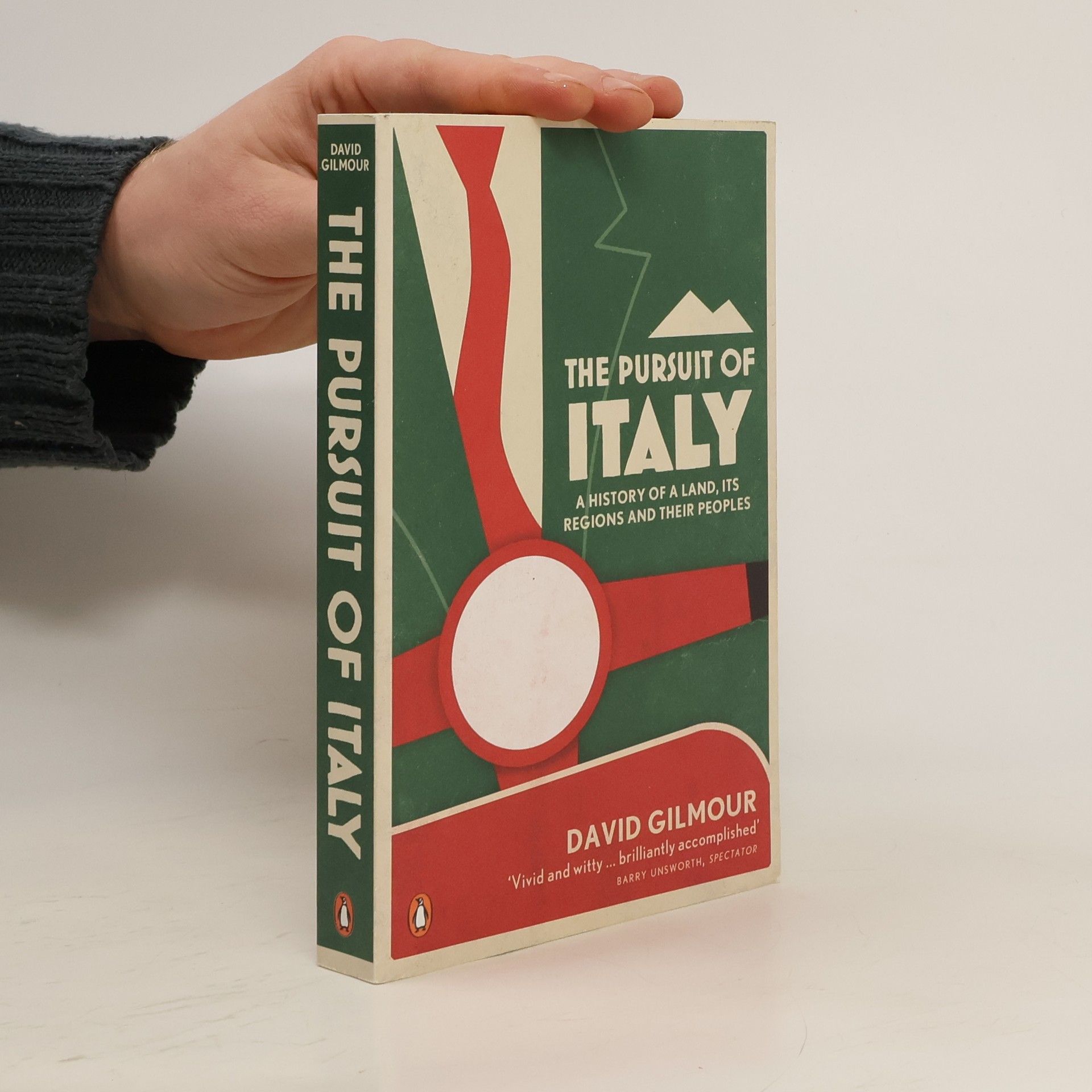The Last Leopard
- 249 stránok
- 9 hodin čítania
Aims to unearth the life story of the creator of The Leopard, one of the novels of the twentieth century. This book stands as a meditation on what it is that makes a writer.






Aims to unearth the life story of the creator of The Leopard, one of the novels of the twentieth century. This book stands as a meditation on what it is that makes a writer.
Few statesmen have led such colourful and controversial lives as George Nathaniel Curzon. Brilliant, tempestuous and - in the words of the notorious rhyme - superior, his career was an almost unparalleled blend of triumph and disappointment. Queen Victoria's last Viceroy of India, his term of office ended in dramatic resignation. And despite his later successes as Foreign Secretary, George V thwarted his ambition to become Prime Minister.
Gilmour delves deep into Italy's cultural past to discover not only the effects of Risorgimento, but what, if anything, earlier generations have said about the concept of Italy. He examines what the Enlightenment thinkers believed, what Dante thought, what Machiavelli wanted and what the emperors made of it.
Everyone would agree that Darius Halloway was the most civilized of men, a professor of French literature; a connoisseur of ideas, beautiful women, and fine wine; a perfect guest at life's dinner party. Darius himself would have especially agreed until Emma, waifish and insatiable Emma, leaves her empty clothes hangers rattling in his closet and walks out the door. For a little while, it's not so bad. He's in shock. He thinks she will come back. Other women find his melancholy quite compelling, and there are compensations to be had. But then the sparrows of insomnia start picking at the inside of his skull. Life's little aggravating moments suddenly seem to require him to seek direct retaliation. Soon, all his smoothness and cleverness are directed toward wreaking the most elaborate revenge--until there he is, in the most damning of situations, with his nerves on fire and his heart in his throat.
Jesse didn't want to go to school anymore. After much deliberation, his father offers him an unconventional deal: he can drop out, sleep all day, not work, not pay rent, but on one condition - that he watches three films a week, of his father's choosing. What follows is an unusual journey as week by week, side by side, they watch the world's best (and occasionally worst) films - from True Romance to Chunking Express, A Hard Day's Night to Rosemary's Baby, and La Dolce Vita to Giant. The films get them talking: about girls, music, heartbreak, work, drugs, money, friendship - but they also open doors to a young man's interior life at a time when a parent is normally shut out. Gradually the father's initial worries are set aside as he watches his son morph from chaotic teenager to self-assured adult - who even starts to get up before noon. As the film club moves towards its poignant and inevitable conclusion, the young man makes a decision which surprises even his father... The Film Club is a book that goes straight to the heart. Honest, unsparing, and emotive, it follows one man's attempt to chart a course for his beloved son's rocky passage into adulthood.
"Like Eric Hobsbawm and E.P. Thompson, Richard Cobb had a gift for understanding great historic events in terms of ordinary human relations. Here for the first time Cobb's widely admired chronicles of daily life in Revolutionary France are gathered into one volume with an illuminating introduction by his former pupil, historian David Gilmour."--BOOK JACKET.
A True Story of a Father and a Son
"The Film Club" is the true story about David Gilmour's decision to let his 15-year-old son drop out of high school on the condition that the boy agrees to watch three films a week with him. The book examines how those pivotal years changed both t
Fue un trato muy poco convencional: Jesse podía dejar de ir al instituto, dormir todo el día, no trabajar, no pagar alquiler pero a cambio tenía que mantenerse alejado de las drogas y ver tres películas a la semana con su padre, el crítico de cine canadiense David Gilmour. Jesse aceptó de inmediato y al día siguiente padre e hijo comenzaron con la primera película de la lista: Los cuatrocientos golpes de François Truffaut. A lo largo de tres años padre e hijo vieron todo tipo de películas, desde las consideradas joyas del cine hasta los grandes bodrios de todos los tiempos. Con el trasfondo de El padrino, Instinto básico, Showgirls, Ciudadano Kane o La ley del silencio, David y Jesse hablan de los principales directores de cine, de las escenas célebres y de los actores que las protagonizaron, y poco a poco sobre todo tipo de temas: chicas, música, mal de amores, trabajo, drogas, talento, dinero, amor, amistad... Cineclub es un repaso personal de la historia del cine, un desafío a nuestras nociones de la educación y, sobre todo, la historia real y conmovedora acerca de cómo un padre y un hijo sortearon una época muy especial en su relación; en la que los hijos se encierran en sí mismos y los padres pierden la oportunidad de llegar a ellos. Esta es la historia de una decisión que lo cambió todo.
Gilmour zeigt, dass die Pracht Italiens immer in seinen Regionen mit ihrer je eigenen Kunst, städtischen Kultur, Identität und Küche gelegen hat. Die Regionen brachten die mittelalterlichen Städte und die Renaissance, die Republik Venedig und das Großherzogtum Toskana hervor, die beiden kultiviertesten Staaten der europäischen Geschichte. Dieses fesselnde Buch erklärt die italienische Geschichte so klug und stimmig, dass jeder Italienliebhaber seine Freude daran haben muss. Ein wahres Lesevergnügen, voll ausgewählter Geschichten und Beobachtungen aus persönlicher Erfahrung und bevölkert mit großen Gestalten der Vergangenheit: von Cicero und Vergil bis zu Dante und den Medici, von Cavour und Verdi bis zu den umstrittenen politischen Figuren des 20. Jahrhunderts. Das Buch wirft einen klarsichtigen Blick auf das Risorgimento. Es entzaubert die Mythen, die sich darum ranken.
Ein Mann will sein Leben ordnen. Endlich. Zurückkehren an die Orte des Scheiterns, mit neuer Perspektive und dem guten Gefühl, noch einmal davongekommen zu sein. Aber womit anfangen? Mit etwas Altem oder etwas Neuem? Welches Gruselschloss zuerst aufsuchen? Ein Landhaus mit schiefem Dach am Ende der Welt, ein Internat, das sein Leben veränderte, oder ein Riesenrad in der Nacht, Ort der ersten großen Liebesenttäuschung? David Gilmour unternimmt eine Reise durch die Erinnerung, um mit Augenzwinkern festzustellen: ganz schön Glück gehabt. Eine melancholischer Rückblick mit großem Witz und Gefühl, eine ungewöhnliche Gebrauchanweisung für das Leben.